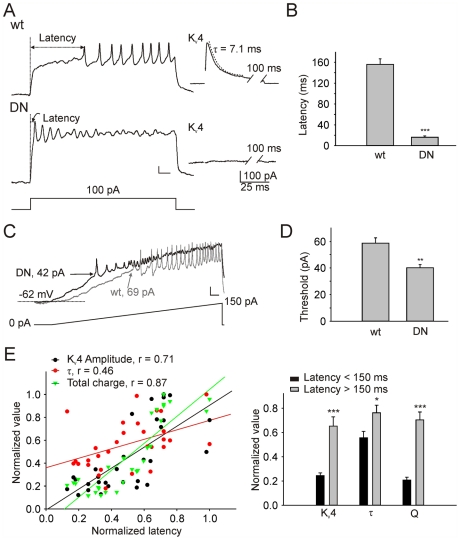Figure 3. Kv4 Regulates the Latency to the First AP.
A, Representative current-clamp recording from a wild-type (wt) and DNKv4 (DN) neuron in response to 500 ms current injection of 100 pA. Insets (right) show the Kv4 current recorded in voltage-clamp mode (generated using the protocol described in Fig. 1) from the same cell. B, Latency to the first AP peak is dramatically decreased in DN neurons (156.0±20.9 ms, N = 30 for wt; 16.2±2.6 ms, N = 20 for DN). C, Thresholds for repetitive AP firing in wild-type (black trace) and DNKv4 (grey trace) neurons as measured during a representative recording in response to a ramp injection protocol from 0 to 150 pA, over 1 sec. The dotted line shows the resting membrane potential, arrows indicate thresholds for AP firing. D, The average threshold for repetitive AP firing is significantly reduced in DN neurons (40.1±2.3 pA, N = 12), compared with wild-type (58.5±4.0 pA, N = 8). E, For each wild-type neuron (N = 30), latency to the first AP (in response to a 100 pA current injection) was measured, then, in voltage-clamp mode the Kv4 current was isolated and analyzed. Left, Kv4 amplitude, fast inactivation time constant (τ), and total charge (Q) were plotted against the latency to first AP peak; all values were normalized to the largest value in the group. Fast τ was determined from the best-fit single exponential function to the first 30 ms after the peak of the of the Kv4 current trace (see A inset). Kv4 amplitude, τ, and especially Q, were found to positively correlate with latency, exhibiting correlation coefficients (r) of 0.71, 0.46, and 0.87, respectively. Right, Kv4 amplitude, τ, and Q are all increased with longer latencies (>150 ms versus <150 ms). Scale bars represent 10 mV and 40 ms. Additional experiments were performed to examine how pre-pulse potentials regulating the availability of Kv4 channels also regulate latency to AP firing (Figure S2).

